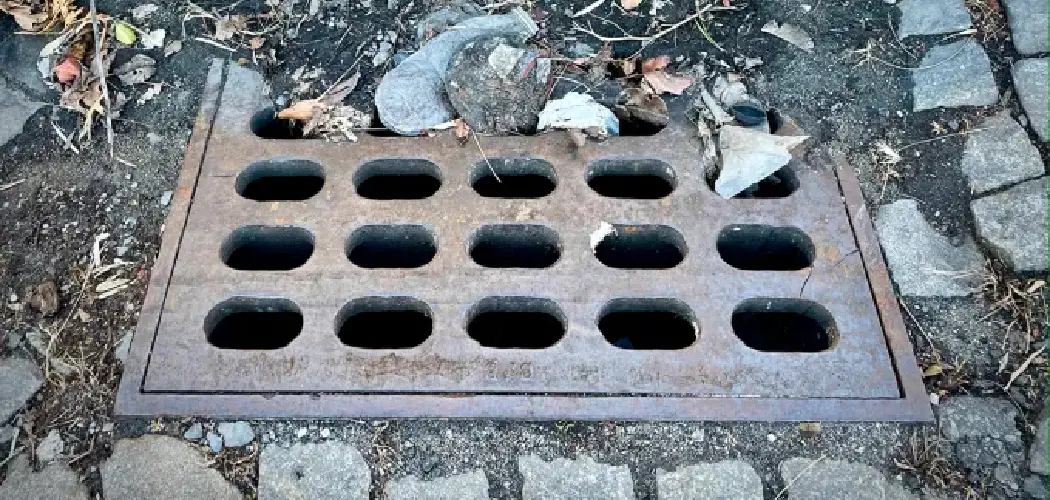Fall has just begun, and your neighborhood is filling with the orange and yellow hues of autumn foliage. While you may enjoy looking at the vibrant colors during this season, there’s one downside: leaves clogging up storm drains! This problem can quickly become a severe issue that causes flooding if left untreated. Fortunately, it’s easy to keep leaves from causing chaos in your residential area.
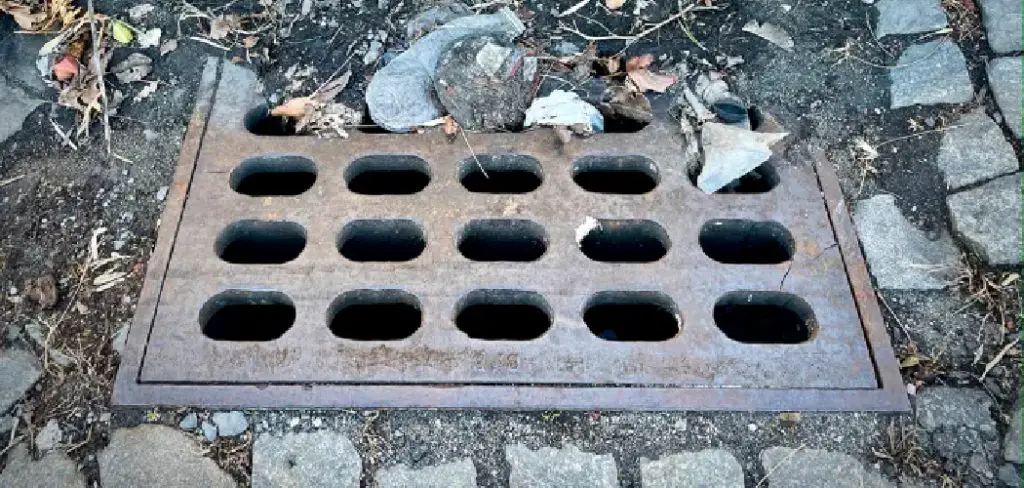
In this blog post, we’ll dive into how to prevent leaves from clogging storm drains this fall season. Keep reading for all the details you need to know – including tips on cleaning gutters and adequately disposing of yard waste – so you can avoid costly damages caused by flooded streets.
Necessary Items
First, let’s cover the necessary items to get started. The good news is you don’t need much! Here’s a list of essential supplies:
- Rake
- Tarp or large trash bags
- Garden gloves
- Trash can with lid
- Leaf blower (optional)
It’s essential to have these items on hand before beginning your leaf-prevention efforts. This will make the process much smoother and ensure you have all the tools to remove leaves from your yard effectively.
10 Steps on How to Prevent Leaves From Clogging Storm Drains
Step 1: Cleaning Gutters
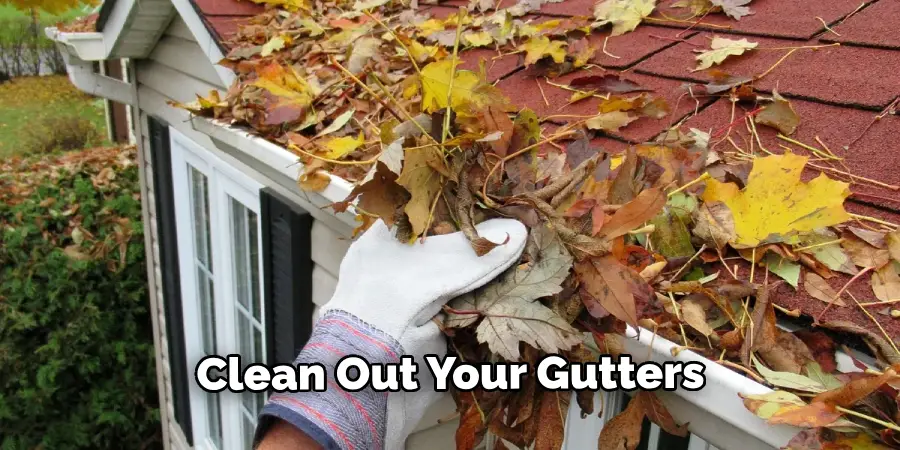
One of the main culprits of clogged storm drains is debris buildup in gutters. It’s essential to regularly clean out your gutters throughout the fall season to prevent leaves, twigs, and other debris from blocking them. If your gutters are clogged, water won’t be able to flow through them properly and may end up spilling onto the ground near storm drains.
Step 2: Remove Leaves From Your Yard
Using a rake or leaf blower, gather all the leaves from your yard into a pile. Be sure to remove any large branches or debris that may also be mixed in.
Step 3: Dispose of Leaves Properly
Leaves and yard waste should never be left on the street or sidewalk as they can easily wash into storm drains and cause clogs. Instead, dispose of leaves properly by bagging them in designated yard waste bags or using a tarp to transport them to a composting facility.
Step 4: Check and Clear Storm Drains
Walk around your neighborhood and check the storm drains on your street. If you notice any leaves or debris covering them, use a rake or gloved hands to clear them away. Make sure to dispose of any debris appropriately collected.
Step 5: Install Leaf Guards
Consider installing leaf guards on your home’s gutters. These are mesh screens that prevent leaves and other debris from entering your gutters in the first place.
Step 6: Trim Trees
If possible, trim any overhanging tree branches near storm drains. This will help reduce the amount of leaves and debris falling into them.
Step 7: Educate Your Neighbors
Spread awareness in your neighborhood about preventing leaves from clogging storm drains. Encourage them also to clean their gutters and properly dispose of yard waste.
Step 8: Check After Storms
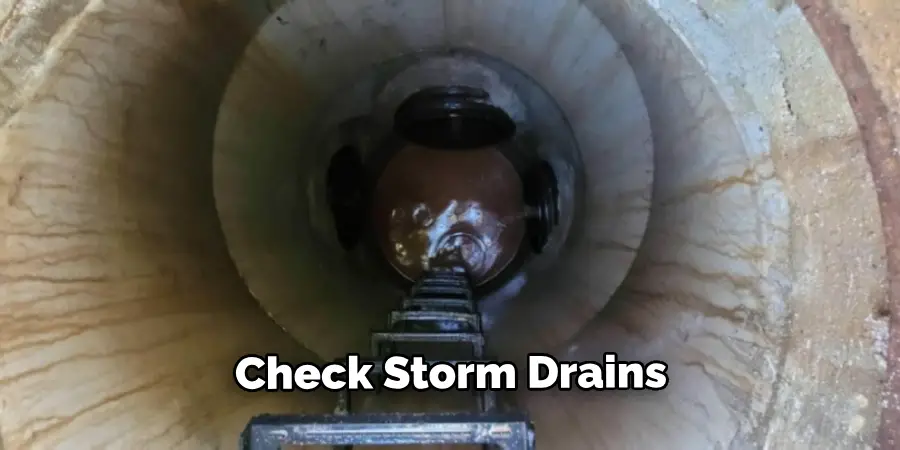
After heavy rain or wind, check storm drains for any potential clogs. Take a few minutes to clear away any debris that may have accumulated.
Step 9: Be Mindful When Raking
When raking leaves, be mindful of where you are directing them. Avoid piling them on top of storm drains or near gutters.
Step 10: Stay Proactive
Don’t wait until the last minute to prevent leaves from clogging storm drains. Stay proactive and regularly clean your yard, gutters, and storm drains throughout the fall season. This will help minimize the chances of any clogs occurring.
By following these ten steps, you can easily prevent leaves from clogging storm drains in your neighborhood this fall season. Remember to stay vigilant and regularly check and clean your gutters and storm drains to avoid any costly damages caused by flooded streets.
With a little effort and awareness, you can help keep your residential area safe and free of clogged storm drains. Happy leaf-preventing! Remember to permanently dispose of yard waste properly and stay aware of the condition of your gutters and storm drains throughout the season.
8 Care Tips for Maintaining Clean Drains
1. Keep a Drain Cover in Place
Prevent hair and other debris from entering your drains by keeping a drain cover in place. Make sure to clean the cover regularly to prevent any buildup.
2. Avoid Using Chemical Drain Cleaners
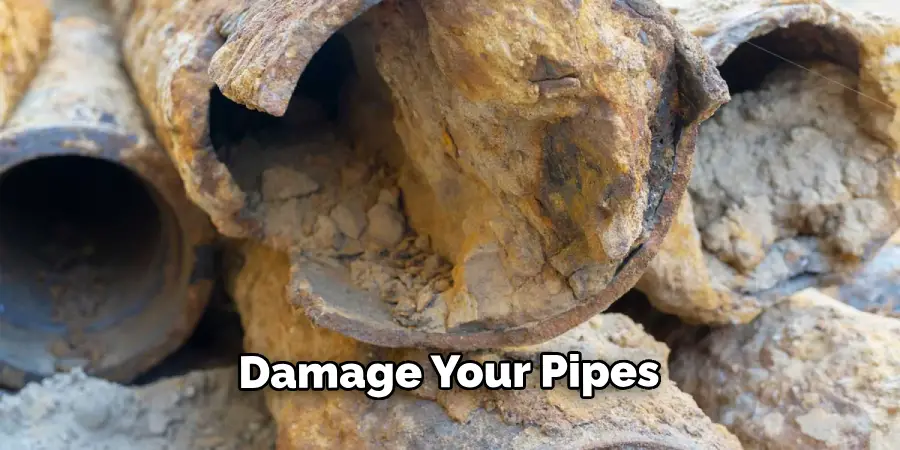
While tempting, chemical drain cleaners can do more harm than good. They can damage your pipes and are not always effective in removing soap scum buildup. Opt for natural or store-bought alternatives instead.
3. Don’t Overuse Soap Products
Using too much soap products can contribute to soap scum buildup, especially in showers and tubs. Use only the recommended amount of soap to help prevent any future clogs.
4. Use a Mesh Laundry Bag for Delicates
If you have a washing machine that drains into your plumbing system, use a mesh laundry bag for delicates to prevent lint and other debris from entering your pipes.
5. Regularly Clean Your Garbage Disposal
Food particles and grease can quickly build up in your garbage disposal, leading to clogs and unpleasant smells. Regularly clean and maintain your garbage disposal to prevent any issues.
6. Keep an Eye on Your Water Softener
Hard water can contribute to soap scum buildup. Regularly check and maintain your water softener to prevent this issue.
7. Use a Drain Strainer in Your Kitchen Sink
To prevent food scraps from entering your kitchen sink drain, use a drain strainer when washing dishes or cooking. This will help avoid any future clogs.
8. Avoid Flushing Non-Biodegradable Items
Only flush toilet paper and human waste down your toilet. Washing non-biodegradable items such as wipes, cotton balls, and feminine hygiene products can cause major clogs in your plumbing system.
By following these ten steps on how to prevent leaves from clogging storm drains, and implementing these eight care tips for maintaining clean drains, you can help keep your residential area safe and free of any costly damages caused by clogs. Remember to permanently dispose of yard waste properly and stay aware of the condition of your gutters and storm drains throughout the season.
Frequently Asked Questions
How Often Should I Clean My Gutters?
It is recommended to clean your gutters at least twice a year, once in the spring and once in the fall. However, if you live in an area with heavy tree cover, more frequent cleaning may be necessary.
Can I Use a Pressure Washer to Clean My Drains?
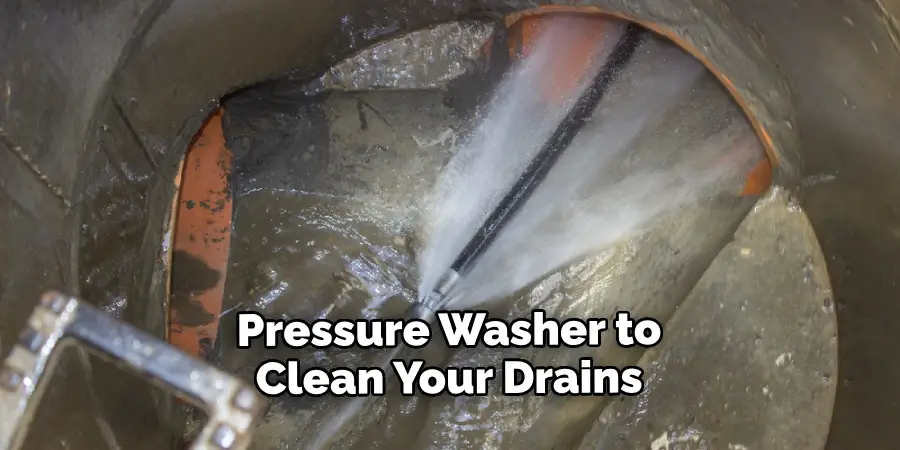
No, using a pressure washer to clean your drains can cause damage. Stick to natural or store-bought drain cleaners and gentle methods such as plunging.
What Should I Do If I Notice Water Backup in My Pipes?
If you notice water backup in your pipes, it is best to call a professional plumber. Attempting to fix the issue yourself may lead to further damage. Always be cautious and aware of any changes in your plumbing system.
How Can I Dispose of Leaves Ethically?
Leaves can be disposed of ethically by properly bagging them in designated yard waste bags or utilizing composting facilities. Never leave leaves on the street or sidewalk, as they can easily wash into storm drains and cause clogs. Check with your local authorities for proper disposal methods in your area.
What Should I Do If I Notice a Clogged Storm Drain?
If you notice a clogged storm drain, clear away any visible debris. If the issue persists, contact your local authorities or public works department for further assistance. It is essential to address clogged storm drains promptly to avoid potential flooding and damage.
What Should I Do If My Storm Drain is Clogged Beyond Repair?
If you notice that your storm drain is clogged beyond repair, it is essential to contact your local authorities or a professional plumber. Attempting to clear the clog yourself may put you in danger and can harm the environment. Always prioritize safety and seek help from professionals when needed. Remember, prevention is critical in maintaining clean drains. Stay proactive and regularly clean and keep your gutters and storm drains to avoid any significant issues.
Conclusion
By following these ten steps on how to prevent leaves from clogging storm drains, and implementing these eight care tips for maintaining clean drains, you can help keep your residential area safe and free of any costly damages caused by clogs. Remember to stay vigilant and regularly check and clean your gutters and storm drains throughout the season.
With a little effort and awareness, you can make a positive impact in your community and keep your drains clean and functioning correctly. So, happy leaf-preventing!
Stay proactive, and remember to dispose of leaves ethically to prevent any further clogging issues. Let’s work together to keep our neighborhoods safe and clogs-free this fall season. Happy cleaning! Remember always to prioritize safety and seek professional help whenever necessary.
Prevention is critical in maintaining clean and functional drains. Let’s keep our residential areas safe and avoid costly damages caused by clogged storm drains. Together, we can make a positive impact in our communities and enjoy a hassle-free fall season.

